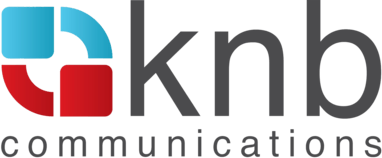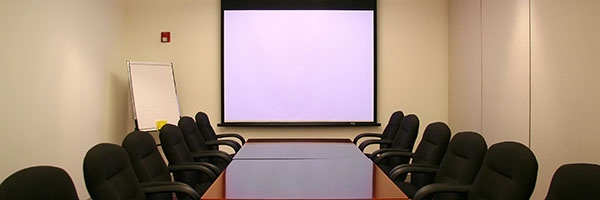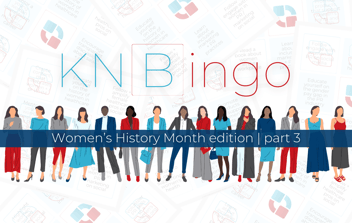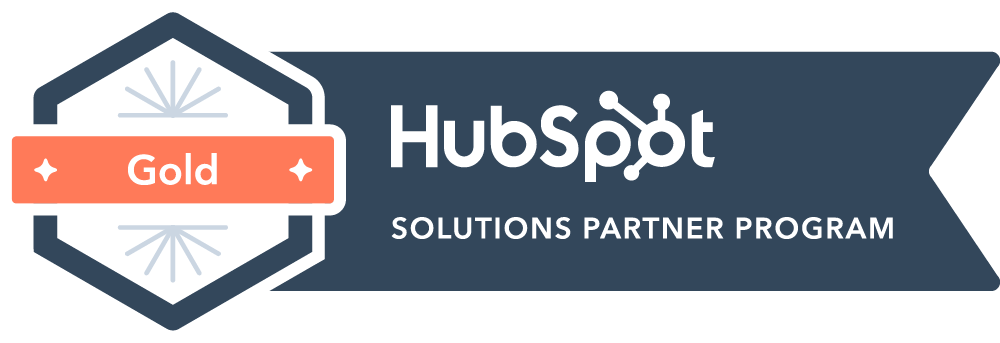Time To Rethink Powerpoint
Table of contents
As an agency, a majority of our presentations, whether new business related, customer reviews, or even internal overviews, are PowerPoint. There’s no doubt that PowerPoint has permeated the business world. In fact, according to Microsoft, there are more than 30 million PowerPoint presentations given every day.

While many organizations consider the PowerPoint presentation one of the keystones of business communications, a contrarian view was presented recently in Harvard Business Reviewby Michael Brennan, CEO and co-founder of Civilla, a Detroit-based creative studio.
As Brennan puts it, the choice to use PowerPoint (or any other slide deck program) “has consequences.” He said that it establishes a power structure that is “less relevant in today’s networked world,” where the presenter speaks at the front of the room and the audience sits passively in their seats receiving information. Aside from the health hazards associated with sitting for prolonged periods of time in closed rooms, Brennan notes that PowerPoint “places the technology at the center of the room with a heavy weight toward text, charts, sound bites, and bullet points.”
One could wonder how the business world would be impacted if the PowerPoint slide deck went away. Or, as Brennan states, “saying no to something is easy. Figuring out what takes its place is harder.”
Based on the experience his company had in trying to communicate a state’s public benefits system in a way that was more humane and efficient than the 40-page eligibility form perspective recipients were asked to complete, Brennan explains that the best way to be persuasive was to lose the PowerPoint and instead, turn to tools such as foam core, duct tape, fishing line, photographs, rope, twine and paper mậché.
While the “no PowerPoint” rule may not be practical for all business interactions, Brennan’s story highlights some very important considerations:
- Immerse your audience – PowerPoint’s focus is to learn by listening, but in some cases, learning by doing may be more impactful. Research shows that experiential learning outperforms passive instruction.
- Leverage the power of scale – With PowerPoint, the size of one’s presentation is constrained by the technology and size of the screen the slides are being projected on. Being free of these constraints however, scale can be used as a key tool in delivering content. In Civilla’s case, they brought to life new insight into how some state residents felt about having no clear path when they entered the public benefits system. By using unorthodox business tools to create a 10-foot tall high photo of a seemingly infinite maze along with a 100-foot journey map that became a walking storyboard, they were able to communicate the problem in an impactful, visceral way that affected the audience much more so than a PowerPoint could ever have done.
- Use symbolism – While PowerPoint encourages presenters to rely on a slide’s literal content instead of abstraction or symbolism, more memorable and thought-provoking ways to present a perspective can be arrived at instead.
PowerPoint may not become erased from the business world any time soon, and there may be no real reason to do so. But the point is, as Brennan notes, “the physical act of walking someone through your work is powerful.”
Consider your options: Standing and strolling versus sitting. Interaction versus passive observation. Tactile materials versus pixels. Story versus spreadsheet. Symbols versus data points. Stories rooted in people versus metrics. Particularly in an industry like healthcare where at times, emotions can run high, something to consider. It all boils down to knowing your audience, knowing their pain points, and identifying the best was to move people to action by engaging the heart and mind to affect change.
Search








